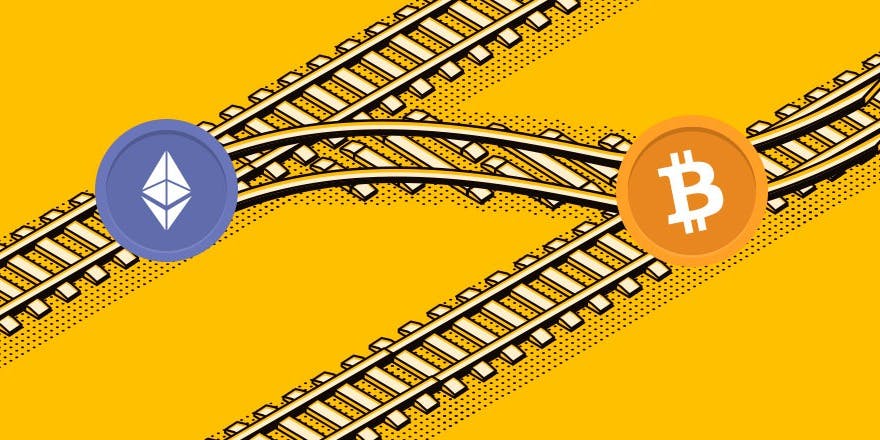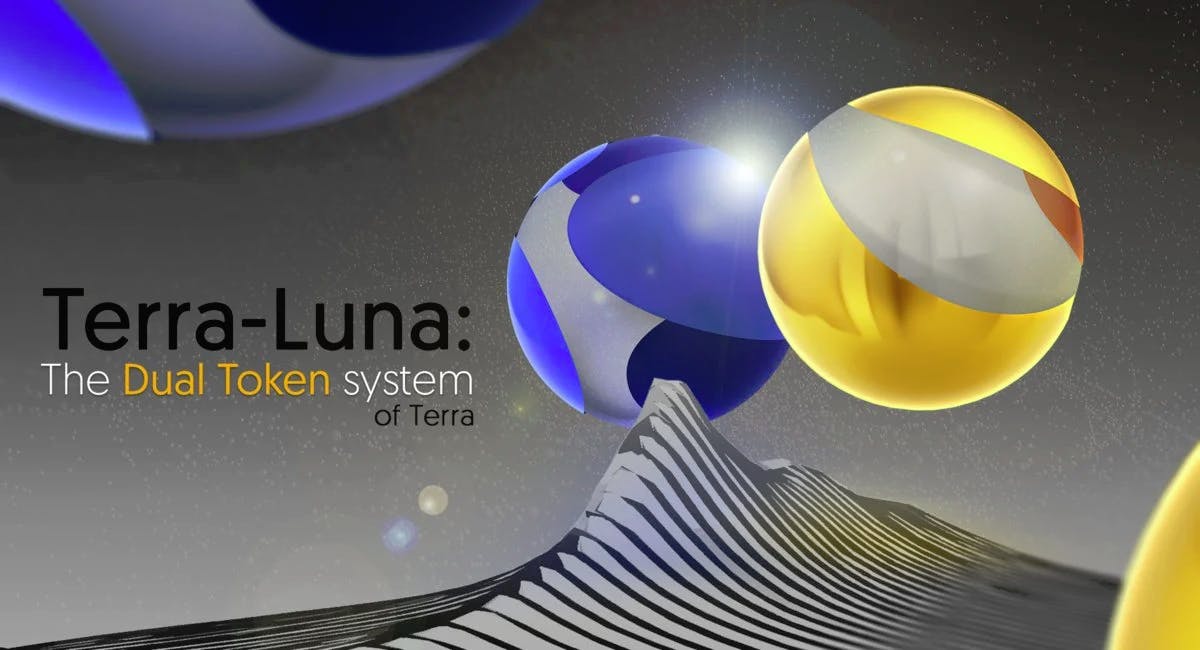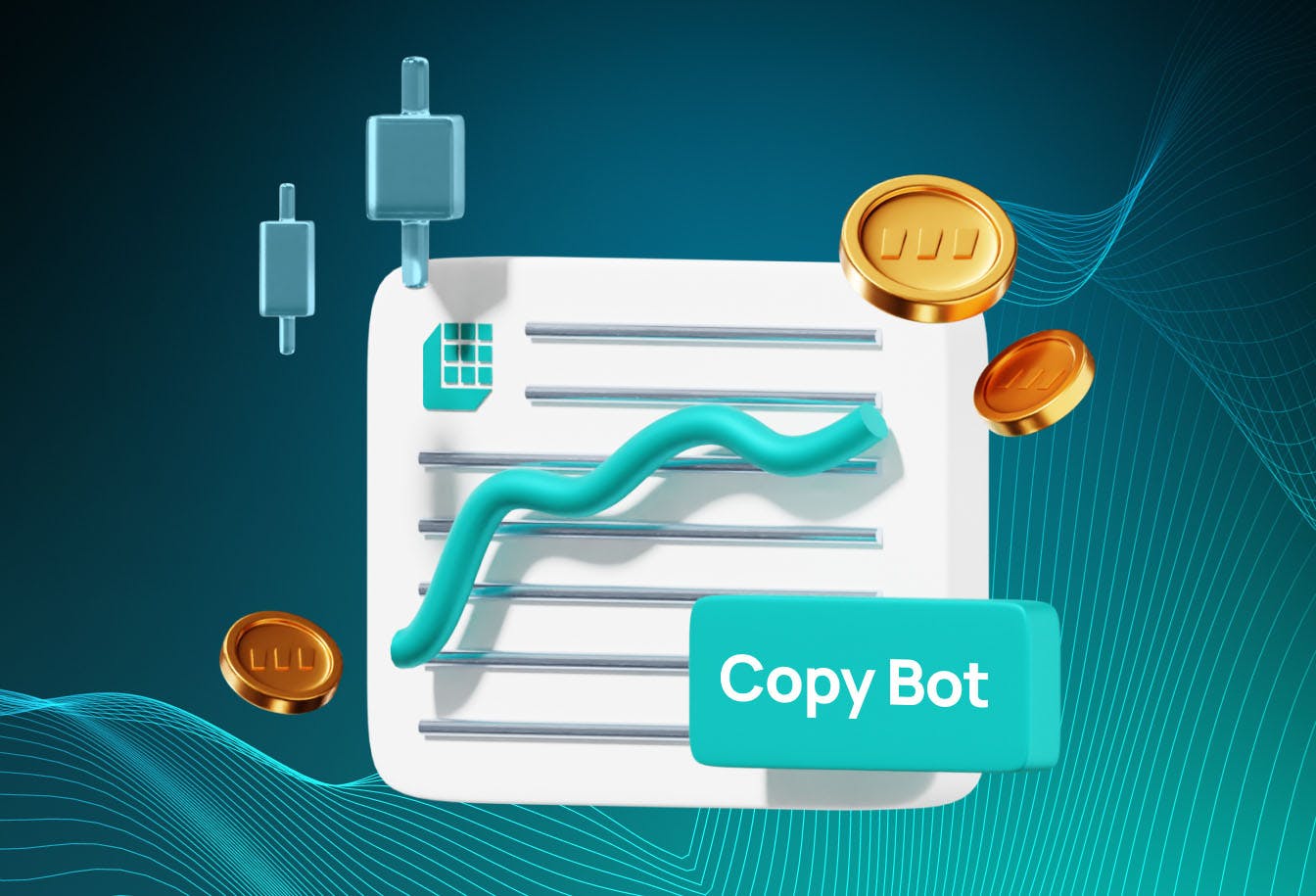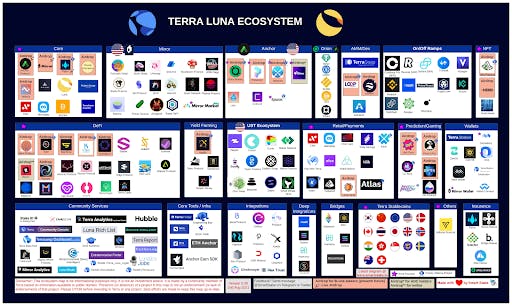
- All
- Tools
- Analytics
- Technical Analysis
- Trading
- Blockchain
- DeFi
- Guides
- Company News
- Educational
- Opinion
- Price Predictions
- Market News
- News
- Trading cases
- Practical guides
- Exchanges
- Trading signals
- Cryptocurrency
- Crypto bots
- Other
Become a crypto master
Learn everything about crypto,
trading and bots

Cosmos 101
Discover the latest advancements in Cosmos, including IBC 3.0 upgrades, Interchain Security adoption, and how it's shaping the future of cross-chain DeFi and automated trading.
Start Trading on 3Commas Today
Get full access to all 3Commas trading tools with free trial period

The success and development of decentralized protocols and the growth of the cryptocurrency industry has led to the development of DeFi markets on blockchain networks other than Ethereum. The number of decentralized financial platforms and protocols on these alternative networks is growing, providing a wide range of opportunities for earning income and effective capital management. As the number of networks grows, it becomes difficult to understand and navigate them, and with little experience in the crypto space, it can take users significant time to find and analyze the tools that best suit their needs.
In today’s article, we will talk about the Cosmos protocol and its Internet-of-blockchains approach, review its ecosystem and solutions, and provide useful resources and tools to use the protocol efficiently.
Cosmos in a nutshell
Cosmos creates the Internet-of-blockchains that connects distributed ledgers on its platform and provides opportunities for them to interact with each other. The project addresses the problem of blockchain fragmentation by providing tools and a common environment for integrating different networks. What makes Cosmos different is that it offers tools to create new networks and connect existing ones in a single ecosystem.
Tools such as Tendermint, the Cosmos SDK, and Inter-Blockchain Communication (IBC) are at the foundation of Cosmos and allows users to create and connect compatible dApps:
- Tendermint is a consensus algorithm designed to create public and private blockchains and is used to create so-called , where created or compatible blockchains are placed and linked to Hubs. The first major blockchain on Tendermint was the Cosmos Hub.
- The Cosmos SDK is designed to build applications on top of Tendermint. They are essential tools for building modules and ready-made templates used to create your own applications.
- IBC is an inter-blockchain communication protocol for organizing data exchange between different blockchains. Simply put, IBC is a communication channel between different zones and the hub (the main blockchain). It’s worth noting that IBC only allows compatible networks to communicate. Thus, PoW-based networks cannot utilize this solution.
To summarize, Cosmos allows Tendermint-based blockchains to be created using Cosmos SDK tools. These blockchains are integrated using the IBC protocol and become hub-linked zones, allowing the transfer of assets and data between blockchains.
For integrating unsupported blockchains such as Bitcoin or Ethereum, Cosmos offers Peg-Zones. The way they work is very similar to wrapped token technology. One such solution, Peggy, is being developed to transfer assets between Ethereum and Cosmos networks.
Where to start?
The Cosmos ecosystem is just starting to expand and is now mostly represented by infrastructure protocols and platforms. Applications on the Cosmos blockchain have a sleek design and offer convenient and clear functionality.
Data
Cosmostation’s Mintscan blockchain browser, developed in conjunction with Binance, helps interact with the blockchains in the Cosmos ecosystem. Information about transactions, validators, assets and IBC channels for each of the available zones is present here. Mapofzones visual mapping service provides 2D and 3D maps, displaying interactions between zones, statistics, and data for each separate zone.
Cosmoscan‘s data analysis and display platform provides blockchain status, statistics, graphs, management, and proposed protocol changes. Big Dipper, which supports a large number of zones, can be used to get information about validators, blocks, transactions, and offers. Atomscan and Hubble also provide similar tools.
Wallets
Keplr Wallet is an IBC-enabled web wallet for the Cosmos ecosystem with over 15 zones integrated. The wallet allows you to stake your funds or delegate them to available zones. It also has the ability to create private sSCRT tokens that function on the Secret Network’s private contract network.
The Cosmostation mobile wallet can be used to store and transfer assets between the 18 zones, which also offers staking and delegation capabilities from within the app. Cosmostation is also a validator on the Cosmos network and develops tools based on Tendermint.
Protocols and tools
The Emeris platform to access the DeFi space and manage assets is currently in Beta testing and will allow users to interact with decentralized applications within Cosmos. For now, a decentralized crosschain protocol for exchanging Gravity DEX tokens is available on the platform as well. Developers promise to add more networks and ecosystems, including Ethereum and Bitcoin. They also plan to add DeFi applications and release a mobile version of the platform.
The automated market maker (AMM) Osmosis platform, which operates in its own zone and is built on the Cosmos SDK, offers solutions for crosschain token exchange and liquidity pool creation. More than 20 liquidity pools are available on the platform offering high APRs for liquidity providers.
OSMO internal management token is used to cover base network swap fees, reward payment, vote, and manage Osmosis protocol. The Osmosis Info resource can be used to get information and statistics about each of the available pools and tokens. It is worth noting that in November, Osmosis became the most used blockchain on the Cosmos network. More than 640,000 IBC exchanges have taken place on the platform, twice as many as on the Cosmos network.
In October 2021, Terra network joined Cosmos, allowing its UST and LUNA stablecoins to be used on the crosschain ecosystem. Improved interconnectivity opens up new avenues to move assets and data, and therefore provides more opportunities for users.
In addition to Terra, IBC channels also connect Cosmos Hub, IRISnet, Crypto.com, Osmosis and others. A complete list of applications and services compatible and integrated with the ecosystem is available on the Cosmos website.
Outlook
Integration on Cosmos is taking place with Interlay, a company dedicated to developing solutions for using BTC in other ecosystems. Bitcoin available within the ecosystem will bring significant liquidity and increase the value and utility of the decentralized crosschain space. At the same time, Bitcoin users will have access to the DeFi crosschain space.
With Ethermint, developers can already port Ethereum smart contracts to the Cosmos network. Work is also underway on Ethereum peg-zone and application integration. Expanding the capabilities of the GravityDex crosschain solution, creating more zones, integrating large blockchain ecosystems, and creating new applications inside the network are the main focuses of development for the Cosmos ecosystem.
Cosmos in 2025: Evolving Use Cases, Interchain Security, and IBC 3.0
Since 2022, Cosmos has transitioned from being an ecosystem of promising interoperability experiments to a critical backbone for modular blockchain infrastructure. In 2025, the Cosmos Hub and its broader ecosystem continue to mature with advanced tooling, stronger economic alignment across chains, and expanded adoption of Interchain Security (ICS).
Interchain Security Gains Traction
Initially proposed to let smaller chains lease security from the Cosmos Hub, Interchain Security is now fully operational and integrated across multiple prominent zones. This has enabled resource-constrained chains to benefit from shared validator sets without bootstrapping their own, reducing systemic fragmentation while enhancing economic security.
For asset managers, this shift adds reliability and reduces operational risk when evaluating Cosmos-based protocols for portfolio exposure or staking strategies.
IBC 3.0: Speed, Custom Channels, and Interchain Queries
The Inter-Blockchain Communication Protocol (IBC), a foundational feature of Cosmos, entered its third major iteration in early 2025. IBC 3.0 introduces:
- Custom channel types for permissioned data flows and compliance-driven use cases.
- Interchain Queries, allowing smart contracts and dApps to fetch and validate data from remote chains without leaving their own.
- Parallel relaying, reducing latency for cross-chain transactions and enabling near real-time settlement.
These upgrades have directly contributed to Cosmos’ increased utility in cross-chain DeFi operations, including multichain liquidity aggregation, collateral mobility, and index fund rebalancing — key areas of interest for advanced trading software users and institutional desks.
Broader Implications for Traders
Professional traders using automated crypto trading software, including those deploying AI crypto trading bots or auto trading crypto strategies, increasingly view Cosmos as more than a Layer 1 ecosystem. Instead, it’s now a connective layer for modular finance, bridging niche application-specific blockchains with Ethereum, Polkadot, and even Bitcoin sidechains via external bridges.
3Commas as a software provider now supports a growing number of Cosmos-compatible integrations, allowing users to automate trading across select IBC-enabled assets and deploy strategies informed by cross-chain analytics.

A proven leader, successful at establishing operational excellence and building high-performance teams with a sharp focus on value creation and customer success.





